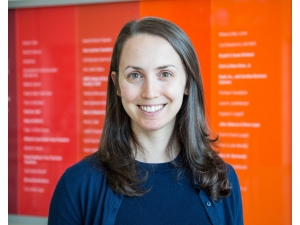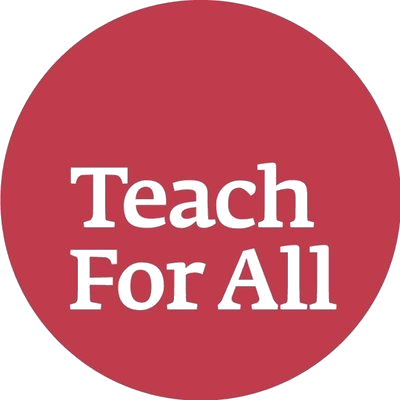Learning Differences
I was able to identify several of my students that were struggling with learning differences and try different strategies with them. I also have way more patience with my students now because I understand that they’re not just ‘trouble makers’.
Course Participant
The Friday Institute’s Professional Learning and Leadership Collaborative has created a series of learning opportunities designed to build educator capacity to address diverse learning needs across the educational system. We have designed online and blended learning programs for students, teachers, instructional coaches, principals and higher education faculty/staff. Programs include:
- The Learning Differences Course
- Students LEAD
- Learning Variability Micro-credentials
- Learning Differences Modules with ISTE-U
- Learning Differences I
- Learning Differences II
Funders
Partners
Teams
 Professional Learning and Leading Collaborative
Professional Learning and Leading Collaborative
Selected Resources
This brief highlights nine key lessons from the case study “Becoming Embedded In What We Do” The Implementation and Impact of the Learning Differences Program at Centennial Campus Magnet Middle School in Raleigh, North Carolina. In analyzing the data, the Friday Institute found nine key lessons from CCMMS Learning Differences program implementation that may help future schools and districts as they design their implementation strategies, namely:
What’s the Value of a Learning Differences MOOC-Ed?
Massive Online Open Courses for Educators (MOOC-Eds) provide a new form of professional development for educators that balances research-based practices for high-quality professional development with new types of social learning. In this paper we consider the value that educators find through their participation in a Learning Differences MOOC-Ed and examine the design elements of the MOOC-Ed that supported their growth and impact on practice.
This case study details the implementation and impact of the Learning Differences program at Manning Elementary School (MES) in Roanoke Rapids, North Carolina. Section one provides an overview of the Learning Differences program. Section two describes how the Learning Differences program was implemented at MES and how data were collected. Section three draws on qualitative and quantitative data to illustrate the program’s impact on MES teachers and students. Section four discusses the seven key lessons learned from the implementation process. The authors intend for this case study to be a practical resource that schools and districts can reference as they implement their own learning differences initiatives.
Project Team
 Dr Mary Ann Wolf
Dr Mary Ann Wolf
 Lauren Acree
Lauren Acree
 Dr Allison Cantor Black-Maier
Dr Allison Cantor Black-Maier
 Alex M. Dreier
Alex M. Dreier

 Alison Benning Graham
Alison Benning Graham

 Dr LaTricia Walker Townsend
Dr LaTricia Walker Townsend







